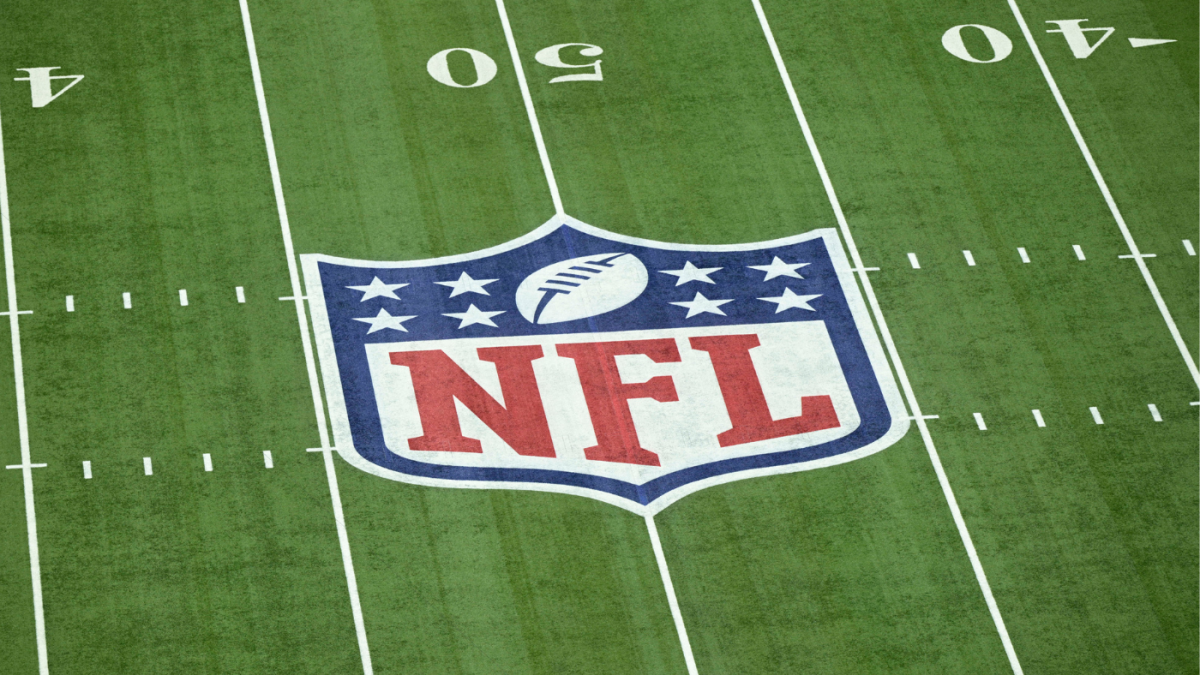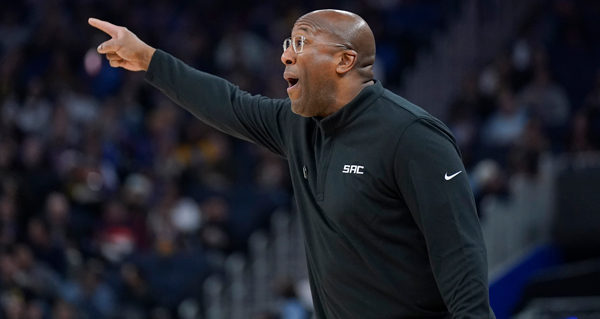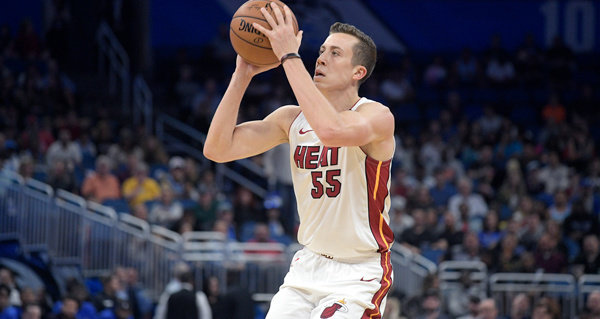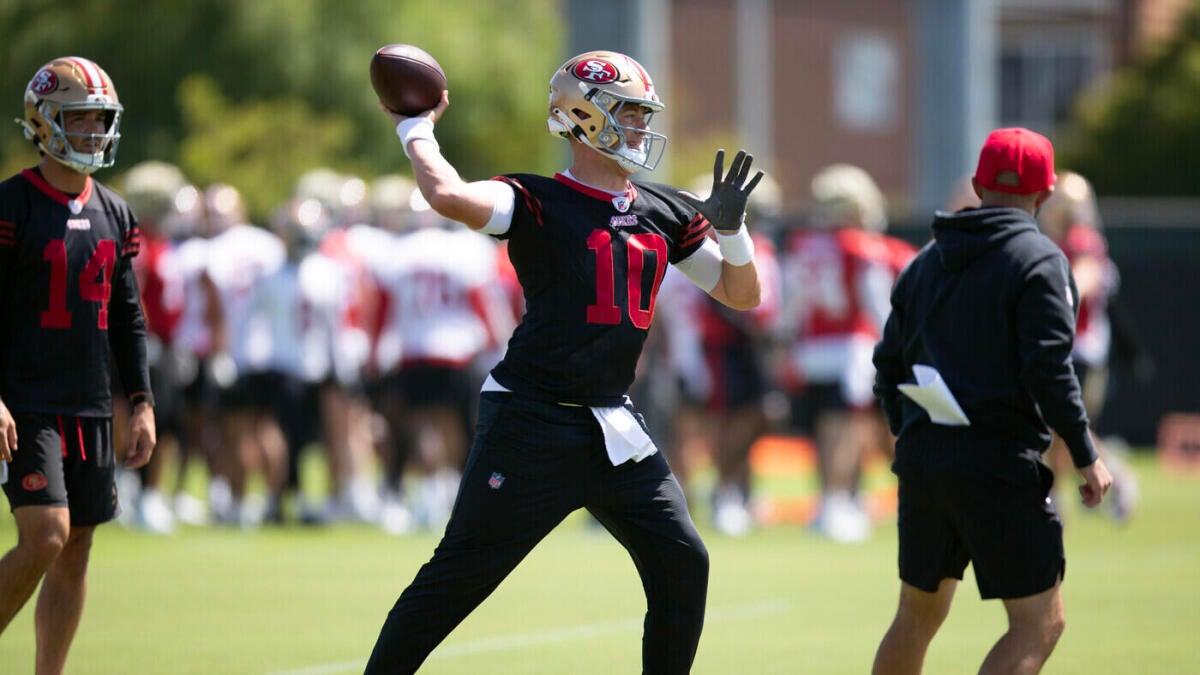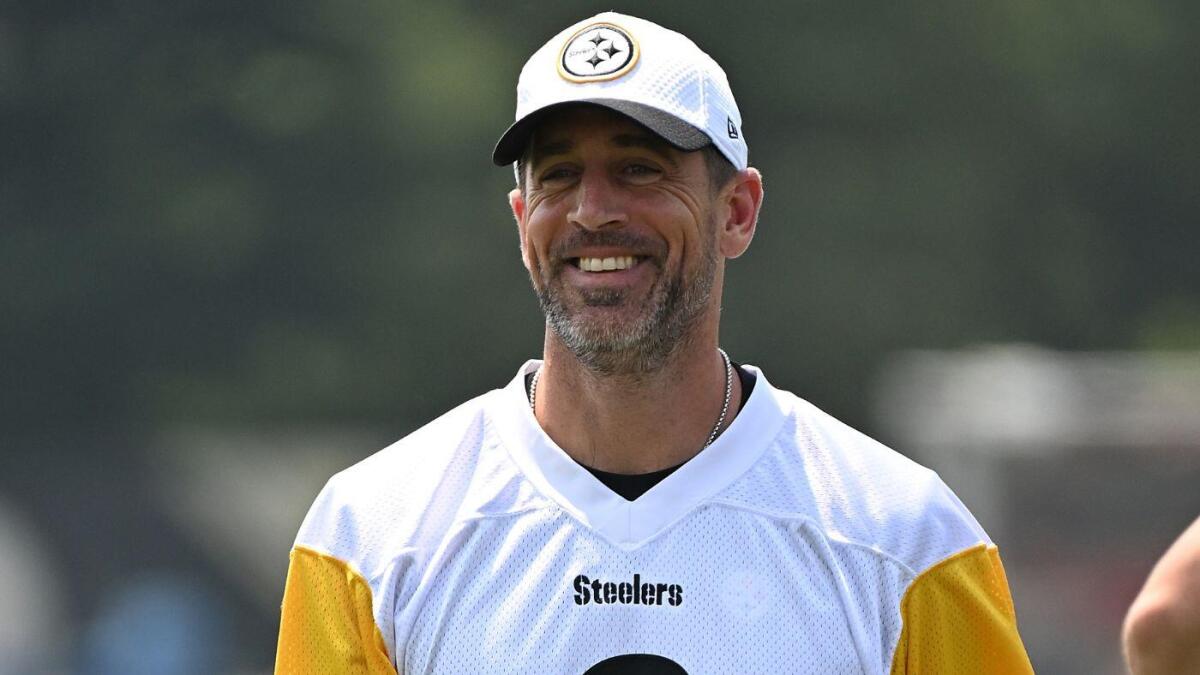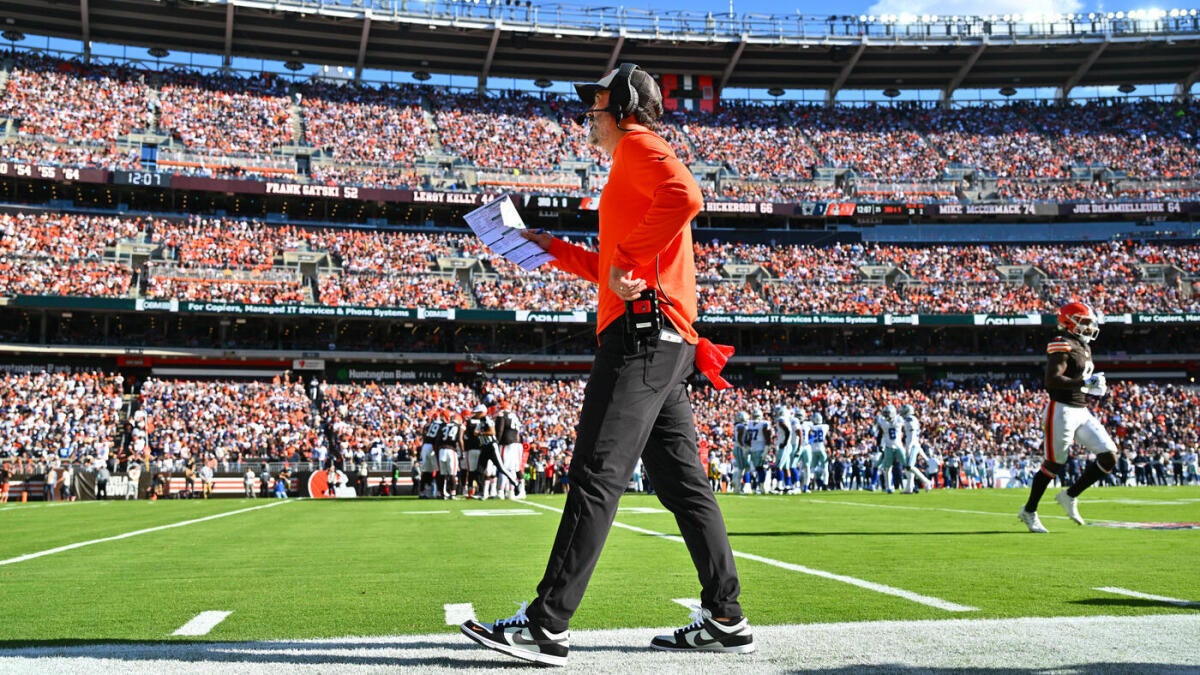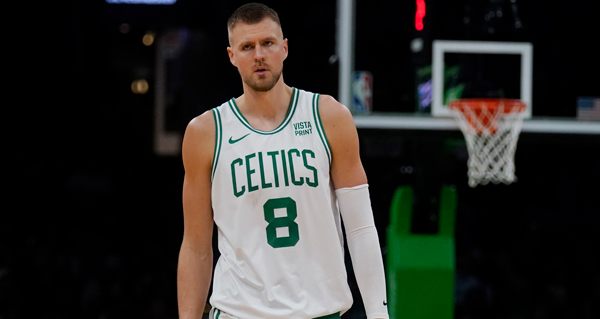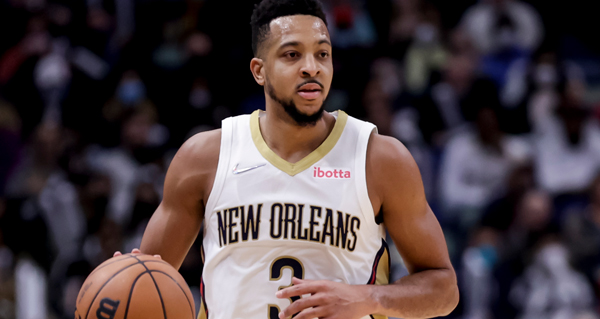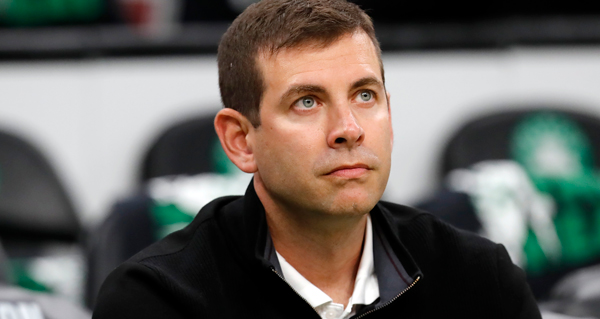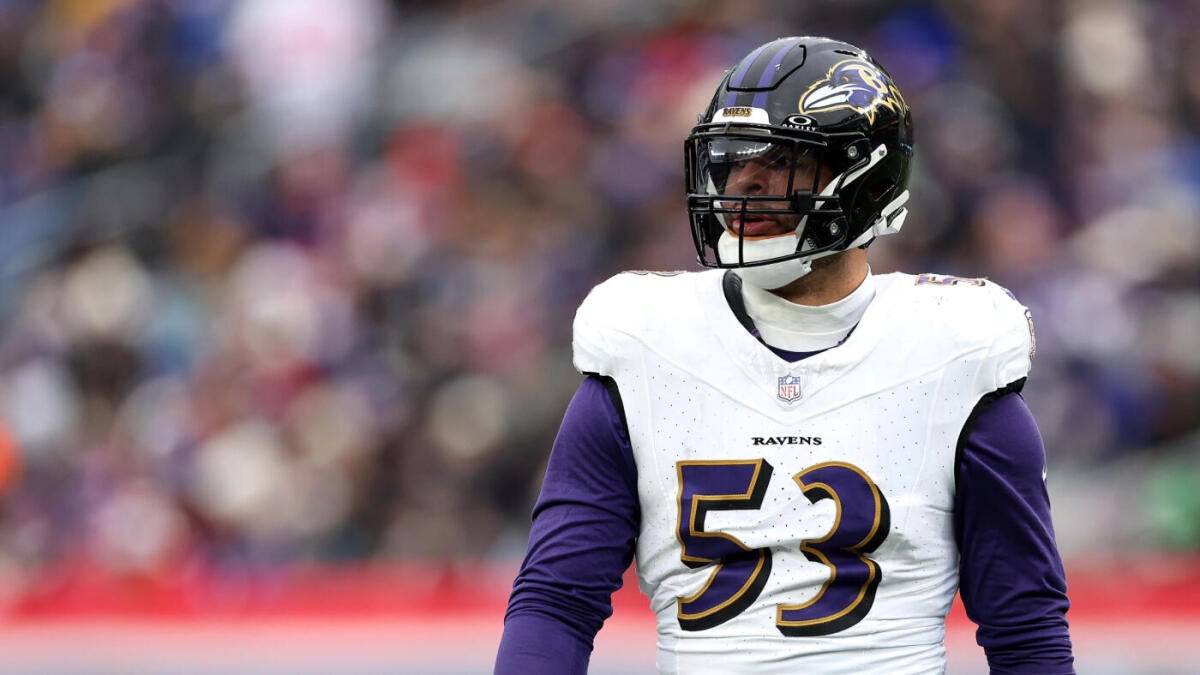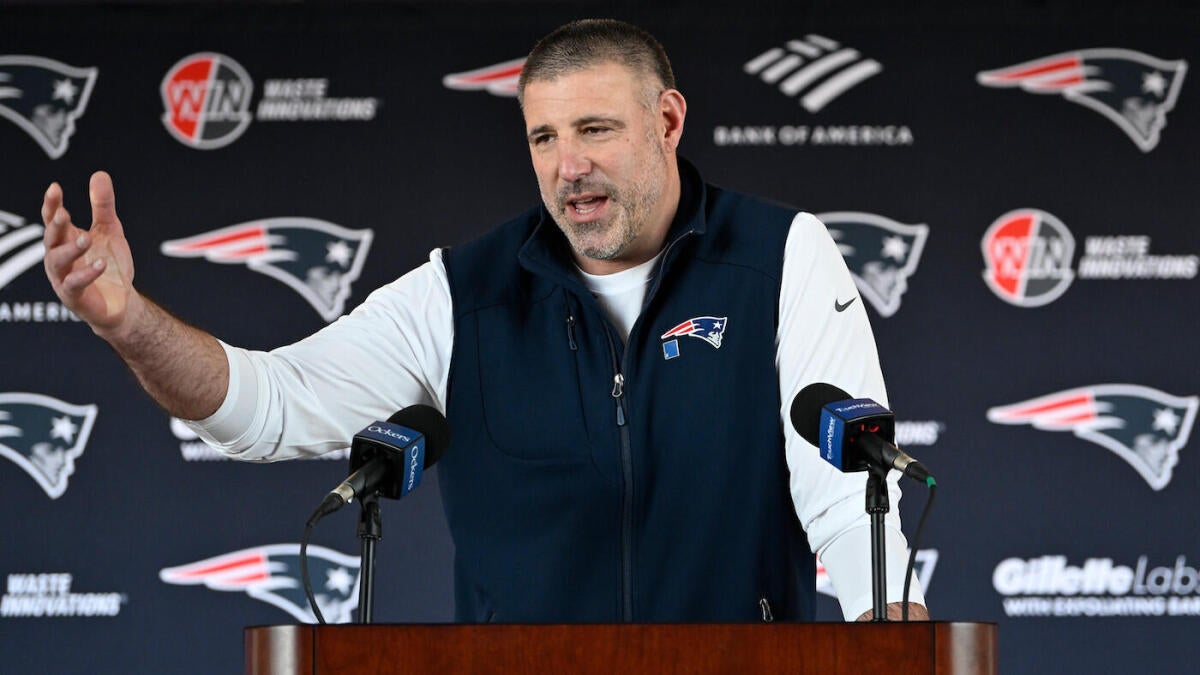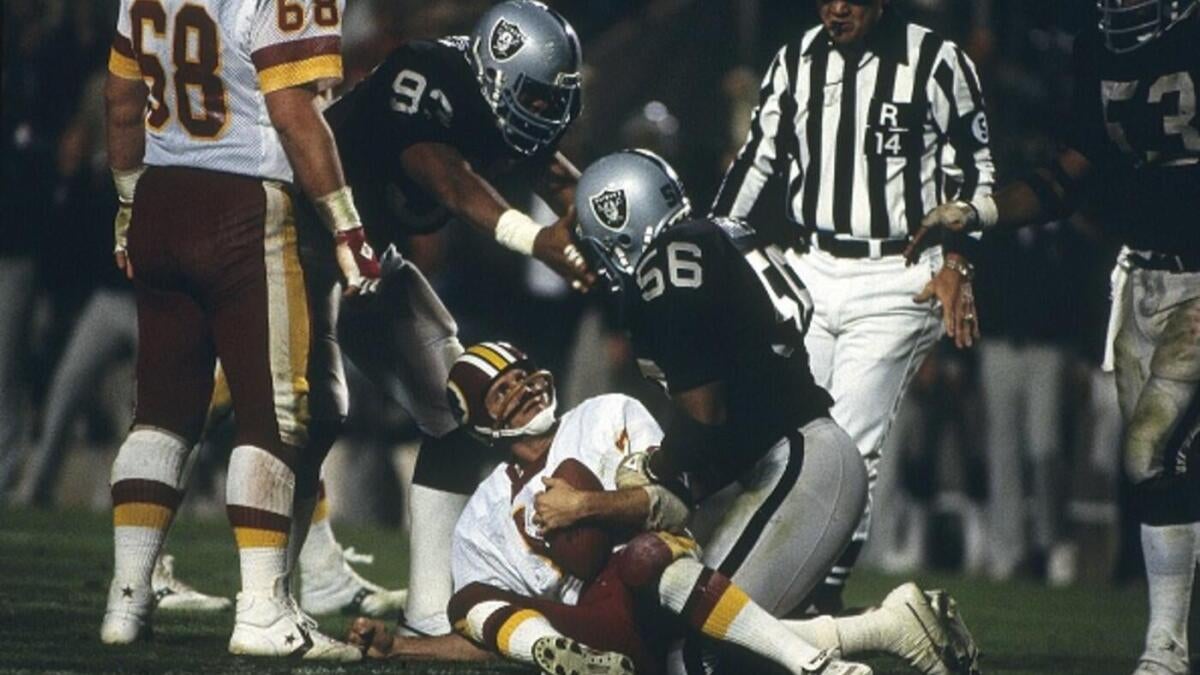
“Great defense always beats a great offense.”
More often than not, this saying has played itself out on football’s biggest stage, with a high-scoring offense getting stonewalled by an equally talented defense. Bill Belichick has had a hand in helping lead a defense that stopped two historic offenses in the Super Bowl. As the Giants‘ defensive coordinator in Super Bowl XXV, Belichick’s unit held the Bills‘ “K-Gun” offense to just 19 points, as New York prevailed by a point. A decade later, Belichick won his first Super Bowl as a head coach after his defense held the “The Greatest Show on Turf” to 17 points. New England beat the heavily favored Rams on Adam Vinatieri’s last-second field goal.
With the start of the regular season just around the corner, we decided to look back at the greatest Super Bowl winning defenses, with 12 units standing out from the rest. When making the criteria for this list, we looked at points allowed, shutouts recorded, the talent on each unit, and the level of competition they faced from opposing offenses, particularly in the postseason.
Honorable mention: 1992 Cowboys
What distinguishes this defense from the rest is that they were a turnover machine, especially in the postseason. After forcing 31 turnovers in 16 regular season games, the Cowboys’ defense forced 15 more in three playoff games that included a record nine during their 52-17 win over the Bills in Super Bowl XXVII. One of those turnovers resulted in a touchdown, while another capped off a brilliant goal line stand that helped Dallas pull away from Buffalo in the second quarter.
It’s fitting that this defense earns a spot on this list considering how they’ve largely been overlooked. In fact, that unit had zero Pro Bowlers despite their dominance. The unit’s biggest star, Charles Haley, did earn induction into the Pro Football Hall of Fame in 2015. Darren Woodson, the Cowboys’ perennial Pro Bowl safety and the franchise’s career leader in tackles, is still waiting for his call to Canton, Ohio.
12. 1983 Raiders
Statistically speaking, this wasn’t a great defense, especially when you look at where they ranked during the regular season in points allowed. But that’s why stats aren’t everything. This was a truly dominant unit, and they showed it during the Raiders’ three-game romp through the playoffs that ended with an historic upset win over the defending Super Bowl champs.
The ’83 Raiders received a huge shot in the arm after they acquired future Hall of Fame cornerback Mike Haynes from the Patriots late in the regular season. With Haynes lined up opposite fellow cornerback former Defensive Player of the Year Lester Hayes, the Raiders had an overwhelming advantage that played major dividends against Washington in Super Bowl XVIII.
The Raiders’ talent at cornerback allowed them to single cover Washington’s talented receiving duo of Charlie Brown and Art Monk. That freed up the rest of the Raiders’ defense to focus on shutting down future Hall of Fame running back and reigning Super Bowl MVP John Riggins, who was held to a paltry 68 yards on 26 carries.
With Riggins and his top-two receivers neutralized, Washington quarterback and reigning league MVP Joe Theismann had nowhere to run and nowhere to hide. He was sacked six times and threw two interceptions that included a backbreaking pick-six just before halftime, as the Raiders coasted to a lopsided, 38-9 triumph.
11. 1990 Giants
As alluded to above, the ’90 Giants’ defense authored an unforgettable performance in the closest Super Bowl bowl of all-time as they held Buffalo’s prolific offense to under 20 points. That, however, wasn’t the most impressive performance that unit had during its Super Bowl run.
A week earlier, the Giants were in San Francisco to face the two-time defending Super Bowl champions. Heavy underdogs, the Giants’ pulled off a shocking upset that was fueled by their defense, specifically pass rushers Leonard Marshall and Lawrence Taylor. Marshall had two sacks that included a crushing hit of 49ers quarterback Joe Montana that knocked him out of the game. With Montana out and the 49ers protecting a slim lead, Taylor forced a fumble of running back Roger Craig that set up the Giants’ game-winning field goal.
In addition to their postseason success, the Giants’ defense was a dominant regular season unit. They allowed the fewest points (a 13.2 points per game average) during the regular season while holding seven opponents to 10 points or less.
10. 2015 Broncos
Denver held 12 of its 19 opponents to 20 or fewer points. The unit had notable success against future Hall of Fame quarterback Aaron Rodgers and Tom Brady. They held Rodgers to a scant 77 yards passing in a 29-10 win over the Packers during the regular season. They also defeated Brady and the Patriots twice that included a dramatic victory in the AFC title game.
In the playoffs, the Broncos held each of their opponents to under 20 points while making big plays in each game. Defensive back Bradley Roby’s forced fumble spearheaded Denver’s comeback win over Pittsburgh in the divisional round. During Denver’s next two playoff games, pass rusher Von Miller made a slew of big plays that included an interception of Brady in the AFC title game (that set up a touchdown) and his two forced fumbles of league MVP Cam Newton that set up both of Denver’s touchdowns in Super Bowl 50.
9. 1971 Cowboys
It was a tough call between the Cowboys’ two Super Bowl-winning defenses during the 1970s. The ’71 Cowboys ultimately edged out the ’77 unit because of their overwhelming individual talent along with their historic performance in that year’s Super Bowl.
In Super Bowl VI, the Cowboys’ defense became the first unit to not allow the opposing offense to score a touchdown. Making this accomplishment even more impressive is the fact that it came against a Dolphins offense that featured several future Hall of Famers that would help Miami win the next two Super Bowls. During the Cowboys’ 24-3 win, their defense forced three turnovers while allowing just 185 total yards. Hall of Fame defense tackle Bob Lilly’s 29-yard sack of Bob Griese during that game remains the most yards lost on a single play in Super Bowl history.
Along with Lilly, the Cowboys’ “Doomsday” defense featured five future Hall of Famers. Together, the unit held their last six opponents to just 54 points. Dallas gave up just 18 points in its three playoff wins.
8. 2008 Steelers
The ’08 Steelers defensed ranked first in the NFL in fewest points allowed (13.9 per game), passing yards allowed and fewest average yards-per-carry allowed. Along with one shutout, Pittsburgh’s defense had seven other games where it held the opposing offense to 10 points or less. Only three teams scored over 20 points against the Steelers’ defense during the regular season.
In the playoffs, the unit’s top-two players — Troy Polamalu and James Harrison — made crucial plays that contributed to the Steelers’ Super Bowl win. Polamalu’s pick-six sealed Pittsburgh’s 23-14 win over the Ravens in the AFC Championship game. Harrison, the league’s Defensive Player of the Year that season, recorded a 100-yard pick-six that helped the Steelers edge the Cardinals in Super Bowl XLIII.
7. 2013 Seahawks
Seattle’s first Super Bowl championship was anchored by it’s “Legion of Boom” defense that featured a ball hawking secondary, led by the three-headed monster of Richard Sherman, Kam Chancellor and Earl Thomas. The unit had dominant players on its other two levels, too, most notably linebacker Bobby Wagner and defensive ends Michael Bennett and Cliff Avril.
This unit reached legendary status following their performance in Super Bowl XLVIII. They actually out-scored Peyton Manning and the Broncos’ high-scoring offense, getting the game’s first two points on a safety and recording a touchdown on game MVP Malcolm Smith’s pick-six just before halftime. The Seahawks’ 43-8 win also included four forced turnovers, three fourth down stops and Denver gaining just 27 yards on 14 carries.
6. 2002 Buccaneers
Led by Hall of Famers Warren Sapp and Derrick Brooks, All-Pro Simeon Rice and Pro Bowlers Shelton Charles and John Lynch, Tampa Bay forced two shutouts while allowing just 12.3 points per game. Tampa did a number on Michael Vick, the Falcons‘ electric quarterback, during their two regular season meetings against Atlanta.
In the playoffs, the Buccaneers allowed just six points against the 49ers before dominating Donovan McNabb and the Eagles in the NFC title game, with Ronde Barber’s 92-yard pick-six putting the exclamation point on Tampa Bay’s 27-10 win. In Super Bowl XXXVII, the Buccaneers picked off Rich Gannon a Super Bowl record five times while returning two of those picks for scores. Game MVP Dexter Jackson picked off two of those passes, as the ’02 Buccaneers captured the franchise’s first Lombardi Trophy.
5. 1966 Packers
Vince Lombardi’s 1966 defense is a major reason why the Super Bowl trophy is named in his honor. The ’66 Packers defense, a unit that allowed just 11.6 points per game during the regular season, fielded seven Pro Bowlers and a Hall of Fame player at all three levels. Willie Davis anchored the Packers’ defensive line, while Green Bay’s two Hall of Fame linebackers, Dave Robinson and Ray Nitschke, patrolled the middle of the field. Hall of Fame cornerback Herb Adderley was one of the team’s five All-Pros on defense, while Hall of Fame safety Willie Brown’s interception at the start of the second half of Super Bowl I turned a tight game into a Green Bay runaway.
The Packers’ defense had its way against formidable competition during the regular season. In two regular-season matchups with the Colts, the Packers picked off Hall of Fame quarterback Johnny Unitas six times while holding Baltimore to 13 points. In two games against Bears Hall of Fame running back Gale Sayers, the Packers held the Kansas Comet to a 2.8 yards per carry average. Green Bay’s defense also won three of its four matchups against Rams quarterback Roman Gabriel and 49ers quarterback John Brodie, two of the best signal callers of that era. In the NFL Championship Game, the Packers’ goal line stand on the game’s final series gave them a seven-point win over the Cowboys. And after allowing 10 points in the first half of Super Bowl I, Green Bay shut out a talented Chiefs offense during the second half of its eventual 35-10 victory.
While it was loaded with talent, Green Bay’s ’66 defense was also an extremely intelligent, well-coached unit that related on their brains just as much as their physical prowess. The play of the Packers’ defense helped Green Bay win five championships over a seven-year span.
“We were a great defensive team,” Dave Robinson said of his unit during a recent interview with CBS Sports. “We had a team of veterans. So many times, teams would work all week on a play and put it in and then run it one time against us. We as a group would get together and say, ‘Here’s what they’re doing, here’s how we’re gonna stop it.'”
4. 2000 Ravens
While they didn’t face the stiffest of competition, the 2000 Ravens’ 10.3 points per game allowed is the fewest since the league expanded to a 16-game regular season in 1978. Led by Hall of Fame linebacker Ray Lewis, Hall of Fame safety Rod Woodson, defensive ends Michael McCrary and Rob Burnett, defensive tackle Tony Siragusa, linebackers Peter Boulware and Jamie Sharper, and cornerbacks Duane Starks and Chris McAllister, Baltimore’s defense shut out four opponents while only allowing three teams to score over 20 points. The 2000 Ravens’ defense was so dominant that Baltimore was able to win 12 games during the regular season despite a five-week stretch where its offense failed to score a touchdown.
After holding the Broncos to just three points in the wild card round, the Ravens earned a rubber match game against the defending AFC champion Titans. Late in the game, with Baltimore clinging to a seven-point lead, Lewis managed to pull Steve McNair’s pass to Eddie George out of George’s hands before roaring 50 yards down the field for the game-clinching score. The Ravens were even more dominant in the AFC title game, holding the favored Raiders to just three points after Siragusa knocked out Oakland quarterback Rich Gannon in the first half.
Baltimore’s defense capped off its historic season with a masterful performance in Super Bowl XXXV. Facing a Giants team that scored 41 points in the NFC Championship Game, the Ravens’ defense shut out New York’s offense while forcing five turnovers and holding the Giants to 2-of-14 efficiency on third downs. Starks’ 49-yard interception return for a score gave Baltimore a 17-0 third quarter lead, while Lewis’ four pass breakups helped him win the game’s MVP award.
3. 1972 Dolphins
The Dolphins’ “No Name” defense played like a bunch of no names in Super Bowl VI, when the Cowboys ran roughshod over them, 24-3. Miami, specifically its defense, used the humbling experience as motivation in 1972. En route to a perfect season, the Dolphins’ defense, led by Hall of Fame linebacker Nick Buoniconti, defensive tackle Manny Fernandez, defensive end Bill Stanfill, and safeties Dick Anderson and Jake Scott, recorded two shutouts while allowing just 12.2 points per game during the regular season.
In its season-opener, Miami sacked Hall of Fame quarterback Len Dawson four times while recording two interceptions. Three weeks later, it held Super Bowl III MVP Joe Namath to just 156 yards on 12-of-25 passing. Namath didn’t fare much better in the rematch, throwing as many interceptions (two) as he did touchdown passes. The Dolphins’ defense also had its way against O.J. Simpson, the NFL’s best running back at the time. In two games against Simpson, Miami held him to just 3.64 yards per carry.
Miami allowed just 17 points against the Steelers in the AFC Championship Game before shutting out Washington’s offense in the Super Bowl. Fernandez led the way with 17 tackles, while Scott’s two interceptions helped him become the first defensive back to earn Super Bowl MVP honors.
Along with intercepting Washington quarterback Billy Kilmer three times, Don Shula’s defense also held All-Pro running back Larry Brown to just 72 yards on 22 carries, with a long run of 11 yards. In three postseason games, Miami’s defense allowed just 31 points while helping the Dolphins win their first of two consecutive Super Bowl titles.
2. 1975 Steelers
If we were picking the best defense over an extended period of time, the Steel Curtain defense is second to none. But the issue with the Steelers is that their best defense, and arguably, the greatest single season defense of all-time, was part of a team that didn’t win a Super Bowl. Over a nine-game span, the Steelers’ 1976 defense allowed just nine points while shutting out five opponents. For the season, they allowed just 9.9 points per game while helping Pittsburgh win 10 straight games entering a third consecutive AFC title game showdown against the Raiders. The shorthanded Steelers, playing without 1,000-yard backs Franco Harris and Rocky Bleier, fell to the eventual champion Raiders, 24-7.
The best of the Steelers’ championship defenses comes down to their ’74 and ’75 units. While the ’74 defense allowed fewer points in the playoffs, the ’75 defense allowed fewer points during the regular season. It also played with the confidence of a defense that knew it was good enough to lead the Steelers to a title. The ’75 Steelers also faced slightly better competition, both during the regular season as well as during the postseason.
Pittsburgh’s ’75 defense boasted five Hall of Fame players: defensive tackle Joe Greene (the reigning Defensive Player of the Year), linebackers Jack Ham and Jack Lambert, cornerback (and 1975 NFL Defensive Player of the Year) Mel Blount, and safety Donnie “The Torpedo” Shell. Pittsburgh’s defense also included Pro Bowlers L.C. Greenwood, Andy Russell, Mike Wagner and Glen Edwards. Along with Greenwood and Green, defensive end Dwight White and defensive tackle Ernie Holmes helped form the best defensive line of the Super Bowl era. The play of Pittsburgh’s defensive line was a major reason why the Steelers allowed just 17 touchdowns during the regular season.
After shutting out the Chargers in the season-opener, Pittsburgh was gashed by O.J. Simpson in Week 2, as he galloped for 227 yards while leading Buffalo to a 30-21 win. Pittsburgh’s defense was air tight after that, allowing just 18 points over their next three games. Overall, the Steelers held seven opponents to single digits while allowing over 20 points only twice. In four games against divisional foes Cincinnati and Houston, who went 21-3 against the rest of the NFL, the Steelers went 4-0 while allowing just 16 points per game during those matchups. Pittsburgh had three different three-game stretches where they held the opposition to fewer than 10 points.
In the playoffs, Pittsburgh held the formidable Baltimore and Oakland offenses to just 10 points while punching their ticket to Super Bowl X. After allowing a first quarter touchdown for the first time all season, Pittsburgh’s defense clamped down on the Cowboys’ exotic defense, sacking Hall of Fame quarterback Roger Staubach seven times while forcing him into throwing three interceptions. The complexion of the game changed in the second half, when Lambert threw down Cowboys safety Cliff Harris after Harris taunted Pittsburgh kicker Roy Gerela after a missed field goal. Led by a possessed Lambert (who finished the game with 14 tackles), the ferocious pass rush of White and Greenwood (who combined to record all seven of Pittsburgh’s sacks) and the rest of Pittsburgh’s defense helped the Steelers turn a 10-7 deficit into a 21-17 victory. The Steel Curtain would help the Steelers win two more Super Bowls during the ’70s while becoming the first and only team to win back-to-back Super Bowls twice.
1. 1985 Bears
Perhaps the most intimating defense ever assembled, the Bears’ 46 defense ran through seemingly every opponent during Chicago’s magical 1985 season. The brainchild of defensive coordinator Buddy Ryan, the 46 defense was full of complex blitz packages that made playing against them a nightmare for opposing quarterbacks. Only Dan Marino, who was armed with a his quick release and a formidable receiving duo of Mark Clayton and Mark Duper, was able to tame the Bears’ defense in 1985.
Fortunately for the Bears, Marino and the Dolphins were upset by the Patriots in the AFC Championship Game. New England’s “reward” was a showdown against arguably the greatest defensive unit of all-time. Simply put, the Patriots’ offense didn’t stand a chance, as they committed six turnovers while rushing for a just nine yards, a Super Bowl record for futility. The Patriots’ only touchdown, along with most of their 123 total yards on the day, didn’t come until garbage time with the Bears enjoying a 41-3 lead.
Chicago’s defense was anchored by Hall of Fame linebacker Mike Singletary, who worked tirelessly with Ryan as it related to the Bears’ defensive scheme. Singletary was complemented by Hall of Fame defensive end Dan Hampton (6.5 sacks, three forced fumbles), Hall of Fame defensive end Richard Dent (17 sacks, two interceptions, two forced fumbles), All-Pro defensive tackle Steve McMichael (eight sacks), Pro Bowl linebacker Otis Wilson (10.5 sacks, three interceptions), fellow linebacker Wilber Marshal (six sacks, four interceptions), Pro Bowl safety Dave Duerson (five interceptions), fellow safety Gary Fencik (five interceptions), and rookie defensive tackle William “The Refrigerator” Perry (five sacks, two fumble recoveries).
After some early struggles, the Bears’ defense started to roll in Week 6, holding Joe Montana, Jerry Rice, Roger Craig and the rest of the defending champion 49ers to just 10 points. That game seemed to be a turning point for the Bears, who allowed just 29 points over their next five games that included consecutive shutouts over the Cowboys and Falcons. And after seeing their dreams of an undefeated season crash and burn in Miami, Chicago permitted just 33 points during their final three games of the regular season, as the Bears finished the ’85 regular season with a 15-1 record.
While it produced a historic regular season, the Bears defense raised its game to an even higher level in the playoffs. In its first two playoff games, Chicago’s defense did not allow a single point, shutting out the Giants (the next Super Bowl champion) and the Rams. Against the Giants, the Bears sacked future Super Bowl MVP Phil Simms six times while holding New York to just 181 total yards. A week later, they held Eric Dickerson, who rushed for a league record 2,105 yards the season before, to just 46 yards and two fumbles. Fittingly, the Bears’ defense scored the game’s final touchdown, with Marshall returning a fumble 52 yards to pay dirt.
In Super Bowl XX, Chicago’s defense recorded seven sacks (that included a safety) and two interceptions that included a pick-six by Reggie Phillips. Dent took home the game’s MVP award, while Ryan was carried off the field by his players, becoming the first — and only — assistant coach to be carried off the field at the conclusion of a Super Bowl.
Go to Source
Author: Bryan DeArdo
July 1, 2025 | 9:50 am


